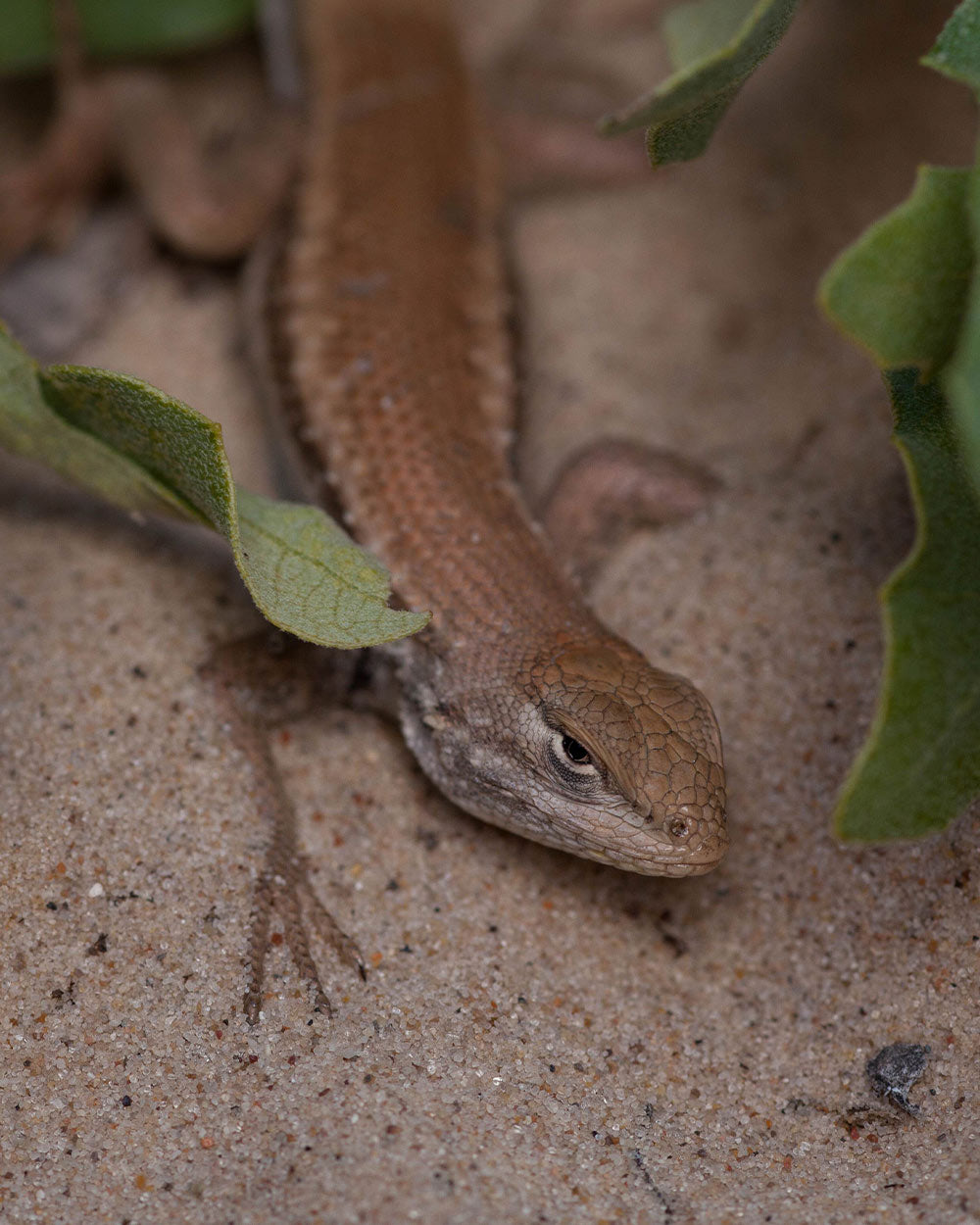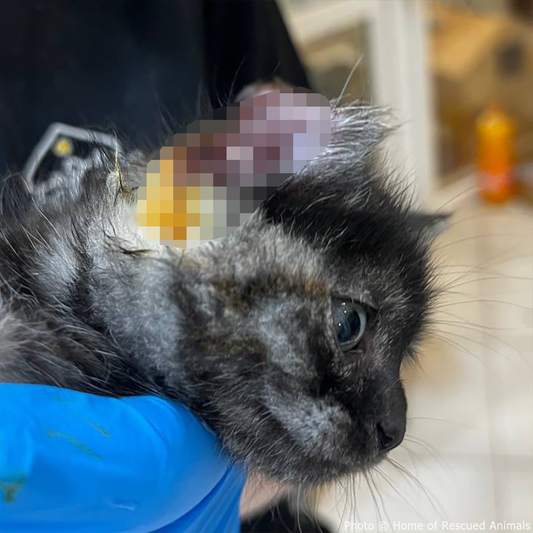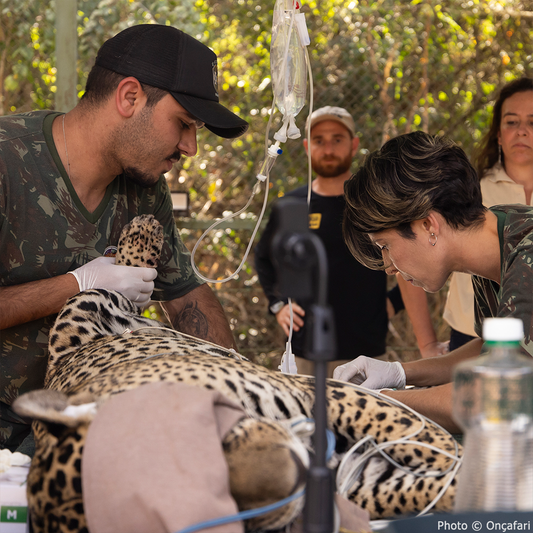Rare Dunes Sagebrush Lizard Faces Extinction in Oil Basin Battle
Matthew Russell
Adobe Stock / ssmalomuzh
In the heart of the lucrative oil and natural gas basins of southeastern New Mexico and West Texas, a small and inconspicuous creature is teetering on the brink of extinction. The dunes sagebrush lizard, a rare species found nowhere else in the world, is facing relentless threats from energy development, mining, and climate change, the Associated Press reports. Its survival now hangs in the balance as conservationists clash with oil and gas operators and ranchers in a battle that could determine the lizard's fate.
As the U.S. Fish and Wildlife Service proposes federal protections for this imperiled species, the stakes are higher than ever.
 Photo: Wikimedia Commons / Alan Schmierer, License: CC0 1.0 DEED
Photo: Wikimedia Commons / Alan Schmierer, License: CC0 1.0 DEEDThe dunes sagebrush lizard is a rare species found exclusively in southeastern New Mexico and West Texas.
The Perilous Plight of the Dune Sagebrush Lizard
Measuring a mere 2.5 inches in length, the dunes sagebrush lizard possesses the second smallest range of any lizard in North America, reports the Center for Biological Diversity. Its light brown, spiny appearance allows it to blend seamlessly into its sandy dune habitat.
These unique adaptations enable it to withstand the extreme environments of its limited range. However, the lizard's very existence is threatened by the encroaching oil and gas industry and the resulting habitat degradation.
“Dunes sagebrush lizards are perfectly adapted to their shinnery oak dune habitats, but they won’t survive the oil and gas industry without protection,” Michael Robinson, with the Center for Biological Diversity, said in a statement. “Climate change isn’t just caused by burning fossil fuels. It’s also driven by the destruction of carbon-storing natural habitats like those needed by the lizard. This destruction in turn is the main cause of the extinction crisis and thus the oil and gas industry’s destruction of the natural world is a double whammy.”
 Photo: Adobe Stock / ssmalomuzh
Photo: Adobe Stock / ssmalomuzhThe lizard's survival hangs in the balance as conservationists clash with oil and gas operators and ranchers.
The shinnery oak dunes ecosystem, once vibrant and thriving, has suffered devastating losses, the Center for Biological Diversity reports. Over 95% of its original habitat has been ravaged by oil and gas extraction, development, and herbicide spraying for livestock grazing. As a result, the dune sagebrush lizards now face the challenges of habitat fragmentation, hindering their ability to find mates beyond their immediate vicinity. To compound their plight, sand-mining operations, stemming from the oil and gas industry's demand for fracking
Biologists struggle to estimate the lizard population accurately due to their elusive nature and limited detection methods, but the correlation between the presence of oil and gas wells and declining lizard numbers is evident. As their habitat becomes fragmented, the lizards struggle to find suitable mates beyond their shrinking populations, exacerbating their vulnerability.
 Photo: Picryl
Photo: PicrylThe dunes sagebrush lizard blends seamlessly into its sandy dune habitat with its light brown, spiny appearance.
The Fight for Endangered Species Protection
Environmentalists have long championed the cause of the dunes sagebrush lizard, advocating for its protection through petitions, lawsuits, and conservation agreements. The Center for Biological Diversity filed a lawsuit in 2022, accusing the U.S. Fish and Wildlife Service of delaying a decision on listing the species as endangered. In response to mounting pressure, the agency has now proposed federal protections for the lizard, acknowledging the urgent need to safeguard it from further harm.
The Clash of Interests: Conservation vs. Industry
While environmentalists emphasize the criticality of protecting the dunes sagebrush lizard, the oil and gas operators and ranchers in the Permian Basin hold a different perspective. They argue that listing the lizard as an endangered species could disrupt their businesses and impose additional costs, Forbes reports.
The industry contends that significant efforts have already been made to conserve the lizard's habitat through voluntary agreements with wildlife managers. However, critics argue that these efforts have proven insufficient to safeguard the lizard's well-being and have called for more robust conservation measures.
A History of Contention and Voluntary Agreements
The battle for the dunes sagebrush lizard's survival is not new. The Center for Biological Diversity first petitioned for its protection in 2002, resulting in a 2010 finding that the species warranted protection. However, this decision sparked opposition from some members of Congress and communities reliant on oil and gas development for economic prosperity. In 2012, federal officials chose not to grant protections to the lizard, citing voluntary conservation agreements and the "best available science" as determining factors, Texas Monthly reports. These voluntary agreements, which have enrolled around 100 ranchers and 100 oil and gas companies in New Mexico and Texas, cover a significant portion of the lizard's range within New Mexico.
 Photo: Pixnio
Photo: PixnioHabitat degradation caused by the oil and gas industry threatens the lizard's very existence.
The Imperative for Action
With the dunes sagebrush lizard's future hanging in the balance, the U.S. Fish and Wildlife Service's recent determination that listing the species as endangered is warranted marks a critical turning point. A rigorous review of scientific and commercial data has reinforced the urgency of taking action.
The agency recognizes the need to set aside vital habitat for the lizard's survival, but the path forward remains uncertain. The battle between conservationists and industry interests continues, amplifying the importance of finding common ground to secure the future of this remarkable creature.
The dunes sagebrush lizard's struggle for survival represents a microcosm of the broader challenges faced by endangered species in the face of industrial development and climate change.
The fate of this species should serve as a stark reminder of our responsibility to protect and preserve the remarkable biodiversity that enriches our planet. Only through collective action and a shared commitment to environmental stewardship can we ensure a future where species like the dunes sagebrush lizard continue to thrive and contribute to the rich tapestry of life on Earth.
Help us save this species form extinction. Click below to make a difference!
Matthew Russell is a West Michigan native and with a background in journalism, data analysis, cartography and design thinking. He likes to learn new things and solve old problems whenever possible, and enjoys bicycling, spending time with his daughters, and coffee.




















